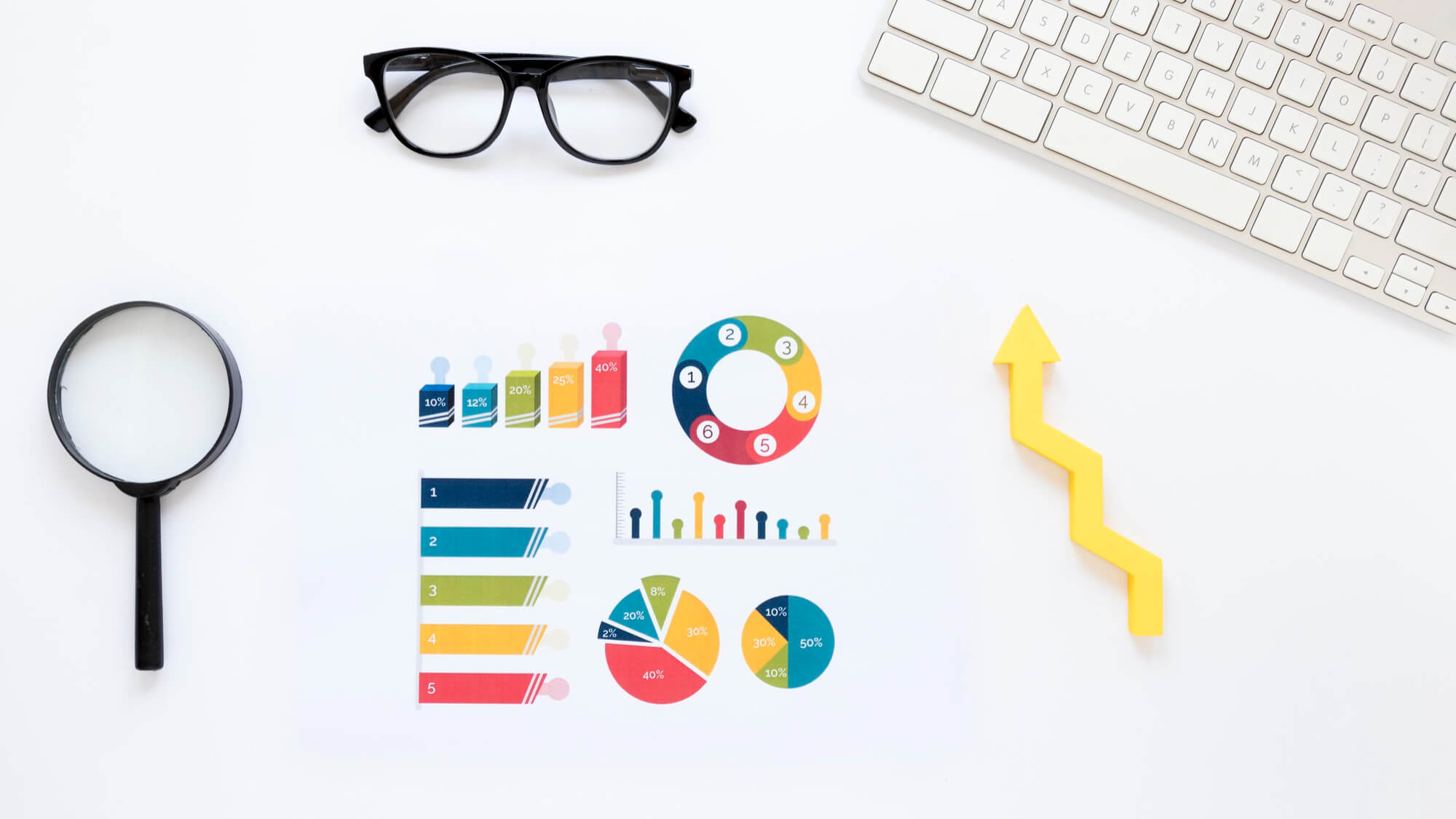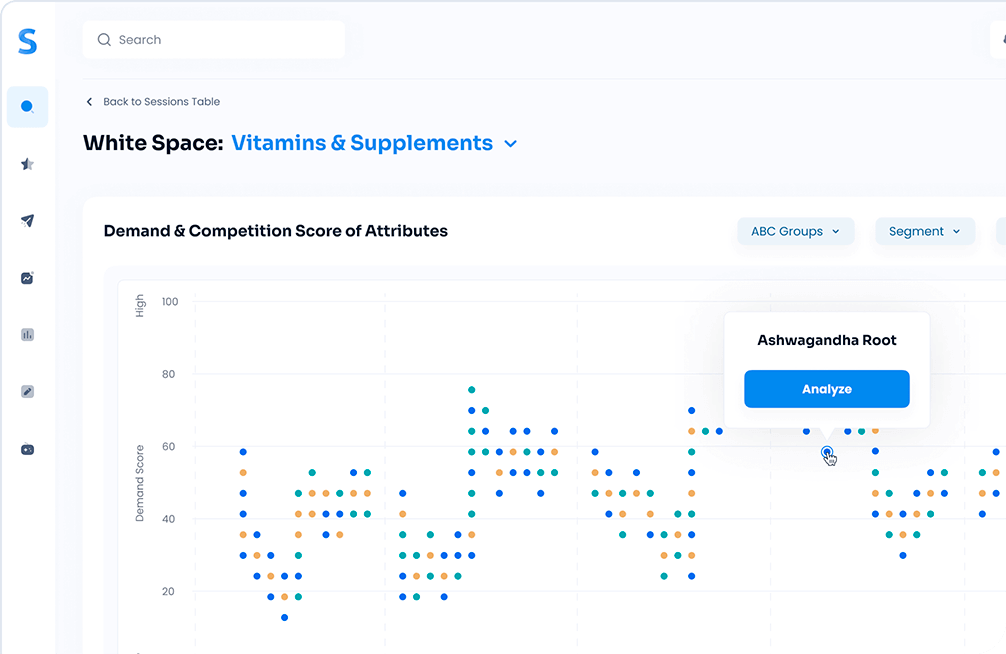In the bustling world of the Consumer Packaged Goods (CPG) industry, bringing a product to market is more than just ideation—it’s about ensuring that an idea has merit, resonance, and demand. At the heart of this process lies the fundamental step of product concept testing. As the gateway between mere ideation and tangible production, product concept testing ensures that innovations aren’t just new but are also in tune with what consumers genuinely desire.
However, the CPG landscape isn’t without its hurdles. Rapid shifts in consumer preferences, the advent of digital channels, and market saturation make refining product concepts a contemporary challenge. Corporations are often in a race against time to validate their concepts, lest they risk becoming just another product that misses the mark.
The Necessity of Concept Testing in the CPG Landscape

One could argue that the Consumer Packaged Goods (CPG) industry is one of the most volatile domains when it comes to consumer preferences. As technology advances and global influences intertwine, it’s commonplace to witness consumer trends that explode in popularity overnight only to be replaced swiftly by the next big thing.
Navigating this ever-changing landscape requires more than intuition. It demands a strategic approach to ensure that a product isn’t just contemporary, but also enduring. This is where the undeniable value of product concept testing enters the stage. This process offers corporations a pre-emptive lens, allowing them to visualize how a product might be received in the real world, beyond boardroom brainstorming sessions. It’s a sort of crystal ball, presenting an early-stage view of potential accolades or pitfalls.
More than just a precaution, concept testing serves as an assurance. By rigorously testing concepts against current market sentiments, brands can ensure that their products are not merely flashes in the pan. Instead, they create products that resonate, that ignite conversations, and most importantly, meet the genuine needs and desires of consumers. In an industry dictated by the whims of its consumers, keeping a pulse on their preferences through concept testing isn’t just beneficial—it’s indispensable.
Traditional Research Methods in Concept Testing
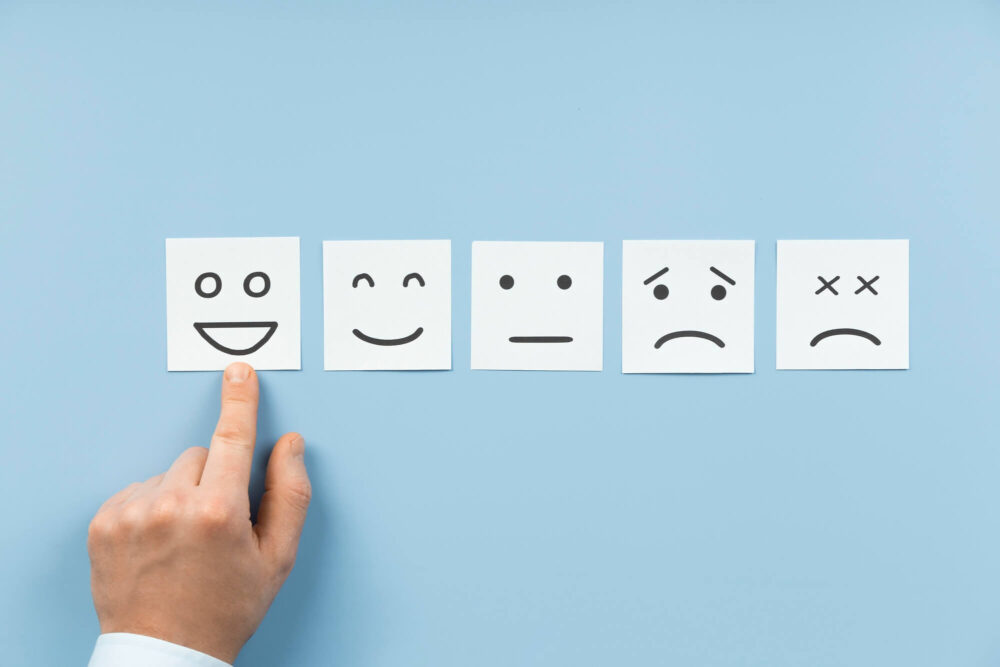
While the importance of product concept testing cannot be understated, how it’s conducted significantly shapes its outcomes. Traditional research methods, while foundational, come with their own set of advantages and limitations. Let’s deep dive into some of the most commonly used methods in the CPG industry:
Surveys:
– Explanation and Application: Surveys act as direct channels between brands and consumers. They gather pointed feedback on products, branding, or any other facet that corporations deem essential.
– Benefits: The power of direct feedback is incontestable. Surveys offer adaptability, tailoring questions to resonate with distinct consumer segments, ensuring more aligned data.
– Challenges: While structured, surveys limit feedback. Consumers might wish to share feedback beyond provided parameters. Additionally, there’s an ever-present risk of bias – either from the way questions are framed or from respondent predispositions.
Social Listening:
– Explanation and Significance: Social listening is like eavesdropping on global consumer conversations. Tools scan social media platforms, blogs, forums, and more to gauge real-time sentiment about products or trends.
– Benefits: Authenticity is the forte of social listening. Brands receive unfiltered opinions, granting them a heads-up on emerging trends or potential PR nightmares.
– Challenges: With the volume of data that social listening tools capture, distinguishing noise from valuable insights can be overwhelming.
Traditional Market Research for Demand Prediction:
– Explanation: This method leverages both qualitative and quantitative data to anticipate the demand for a product. It’s the spine of many CPG product strategies, using historical data and comprehensive market analysis to predict the future.
– Benefits: Depth is the hallmark here. Comprehensive data sets and historical benchmarks offer a robust foundation for product decisions.
– Challenges: As thorough as this method might be, it’s often time-consuming and can be costly. Another limitation is its reactive nature; it might not capture sudden market shifts or the lightning-in-a-bottle trends.
The Complexity of Multi-platform Research:
– Integrating insights across platforms is no small feat. While each method offers a unique perspective, harmonizing them to draw consistent conclusions can be daunting. There’s the challenge of potential discrepancies, where one platform’s insights might clash with another, leading to decision paralysis or misguided strategies.
In essence, while traditional methods provide a solid foundation for product concept testing, navigating their intricacies requires finesse, strategy, and an appreciation of their respective strengths and limitations.
The Limitations of Traditional Methods in a Digital Age
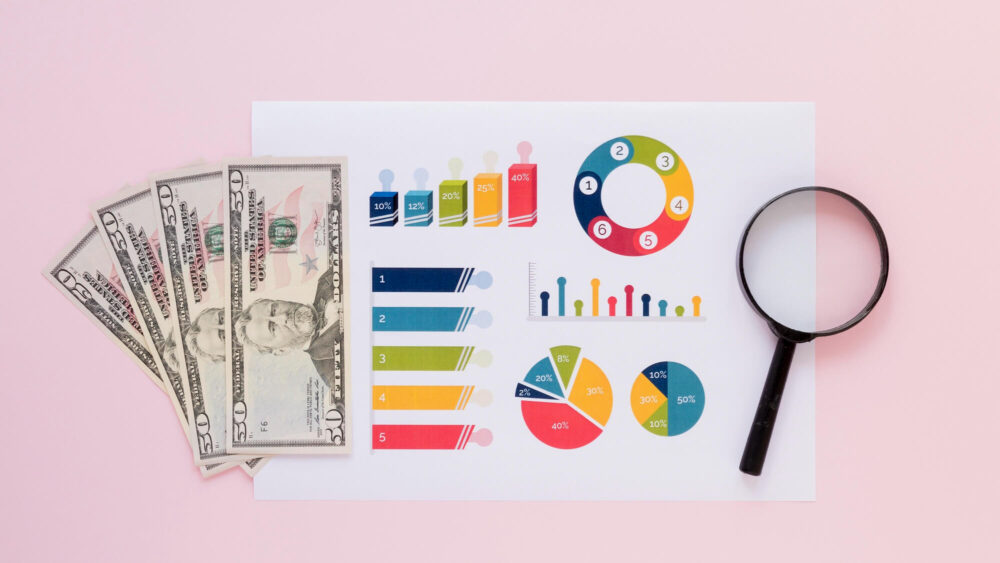
In the age of digital immediacy, the approach to product concept testing needs to reflect the pace and nuances of the contemporary world. While traditional research methods have been the bedrock of the CPG industry’s decision-making process, they’re not without their drawbacks.
First and foremost is the issue of slow adaptability. Traditional methods, by their nature, take time. From formulating questions for surveys to collating and analyzing data, there’s an inherent lag. In a world where consumer sentiments can shift overnight (thank you, viral social media trends!), this delay might mean missing out on valuable insights or making decisions based on stale data.
Then there’s the matter of cost. Qualitative studies, large-scale surveys, and comprehensive market research don’t come cheap. For many companies, especially those without deep pockets, these methods might be financially prohibitive.
Non-representative sample sizes present another pitfall. How often have companies made pivotal decisions based on feedback from a limited group, only to find that the broader market doesn’t resonate with those findings?
In the grand scheme of things, the need for real-time, integrated solutions becomes abundantly clear. Solutions that can swiftly adapt, amalgamate insights from diverse sources, and provide a holistic view without draining resources. It’s not about completely discarding the old but about enhancing it with the capabilities of the new.
The digital age beckons for an evolution in how we approach product concept testing, ensuring that brands remain agile, informed, and ahead of the curve.
The Emergence of AI in Modern Concept Testing

In the realms of product concept testing, the last decade has been nothing short of revolutionary. At the forefront of this change is an unassuming yet powerful protagonist: Artificial Intelligence.
The challenges of traditional methods, coupled with the vastness of contemporary data sources, cried out for a solution that was both dynamic and precise. Enter AI. Instead of trudging through separate piles of data, modern tools harness AI to consolidate these diverse data points, turning raw, unstructured data into actionable insights. Imagine sifting through a haystack in mere seconds and consistently finding the needle!
AI’s power to consolidate diverse data sources is unmatched. From social media sentiments to sales numbers, it seamlessly pulls information, offering a panoramic view. This is particularly beneficial in the CPG sector, where understanding customer sentiments, predicting trends, and gauging market responses are critical. When data-driven insights become the norm, brands stand a better chance of launching products that truly resonate with their audience.
But the magic doesn’t stop there. The emergence of AI also ushers in the possibility of a unified platform for all research needs. Think of it as a one-stop-shop for product concept testing, a hub where real-time insights, predictive analysis, and historical data coalesce. For businesses in the CPG sector, this means no more juggling between tools, no more fractured insights. It’s clarity, efficiency, and foresight, all rolled into one.
As we lean into a more tech-savvy future, integrating AI into our research methodologies isn’t just smart; it’s indispensable.
The Future of Concept Testing in the CPG Domain

Looking toward the horizon, it’s evident that the product concept testing sphere is on the brink of a new era. Driven by an infusion of innovative technologies, the methods and metrics in play are gearing up for a quantum leap.
While Augmented Reality (AR) might be all the rage in many sectors, its utility for consumable goods might seem limited. However, envision a world where AR allows for interactive packaging or unique in-store experiences, creating new avenues for consumer feedback before product launch.
Advanced Data Analytics and Machine Learning will hold significant promise. Beyond just gathering feedback, these tools will predict consumer reactions, analyzing vast data sets to pinpoint potential product winners. Imagine a system that recognizes emerging consumer trends before they become mainstream, giving CPG companies a head-start.
IoT (Internet of Things) could also revolutionize the CPG space. Smart packaging might notify manufacturers in real-time about the product’s shelf life, or even consumer interaction with the product, providing invaluable data for future concept testing.
However, amidst these tech revolutions, the cornerstones of success in the CPG domain will undoubtedly be agility and adaptability. The dynamics of market needs, consumer behaviors, and global influences will remain in constant flux. Brands that can pivot, embracing change and iterating based on insights, will be the ones that flourish.
As we venture forward, the only constant is change. For the CPG industry, those armed with adaptability and foresight will lead the charge.
Simporter: Streamlining Concept Testing for the CPG Industry
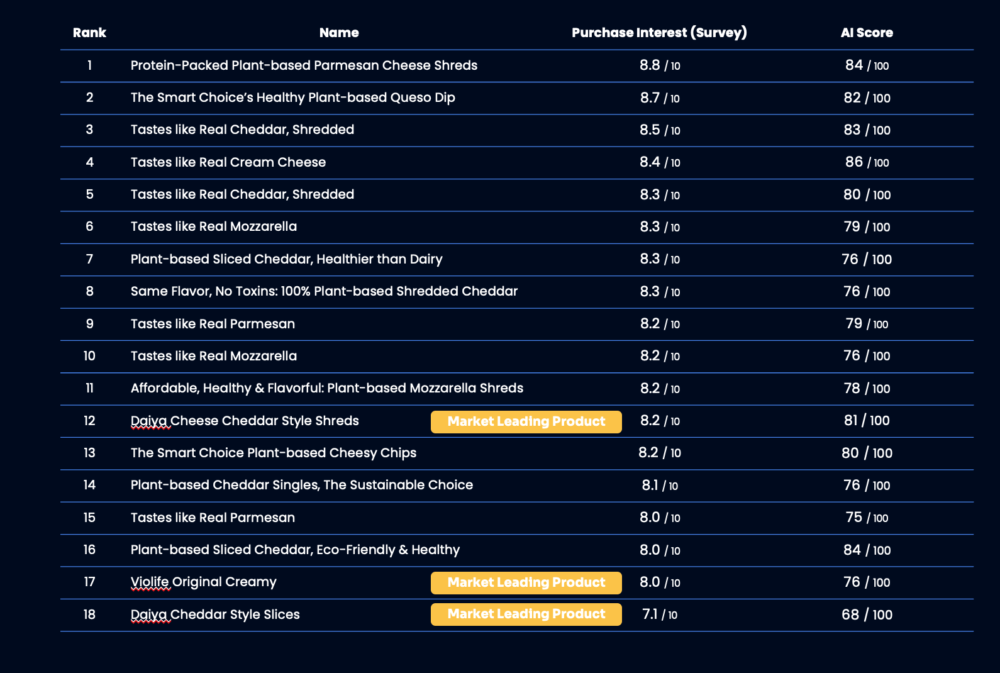
Diving into the vast waters of the CPG industry, we’ve witnessed the limitations of yesteryear’s tools and methodologies in product concept testing. But here’s a breath of fresh air: Simporter. Our platform is purposefully designed to address the gaps left gaping by traditional methods, offering a new paradigm for the CPG industry.
How exactly does Simporter reshape the narrative? For starters, it doesn’t just react to market movements; it predicts them. Real-time trend prediction ensures that brands aren’t left playing catch-up. They’re given a crystal ball that offers glimpses into potential future market shifts.
Simporter’s integrative research approach is another game-changer. Gone are the days of siloed data and fragmented insights. Instead, Simporter offers a comprehensive view by consolidating diverse data sources, ensuring a more holistic understanding of the consumer landscape.
Moreover, the platform’s AI-assisted concept development and testing don’t just optimize the process; they redefine it. By harnessing the power of artificial intelligence, Simporter provides sharp, accurate insights, enabling brands to refine their product concepts with precision.
Last but by no means least, Simporter’s comprehensive forecasting for sales and market reception is like a compass in the complex CPG terrain. It allows brands to navigate with confidence, ensuring that they’re aligned with both current and forthcoming market demands.
In a nutshell, Simporter is more than just a tool; it’s the future of product concept testing in the CPG space. A future where insights are sharper, decisions are data-driven, and success is, more often than not, a foregone conclusion.
Conclusion

Stepping back, it’s evident how paramount comprehensive and efficient concept testing is in the rapidly evolving CPG landscape. We’ve embarked on a journey, charting the evolution of product concept testing from its earliest days to its most cutting-edge iterations.
It’s not merely about validating product ideas; it’s about harnessing the power of data, technology, and foresight to drive products that resonate. And in this pursuit, tools like Simporter aren’t just a luxury — they’re a necessity. Offering real-time trend predictions, AI-driven insights, and a holistic approach, Simporter exemplifies the evolution the industry sorely needs.
To the brands navigating the turbulent waters of the CPG domain: don’t just tread water. Leverage the might of tools like Simporter. Because in a sea of competition, it’s those with the most innovative tools that surge ahead, making waves and charting new territories.
